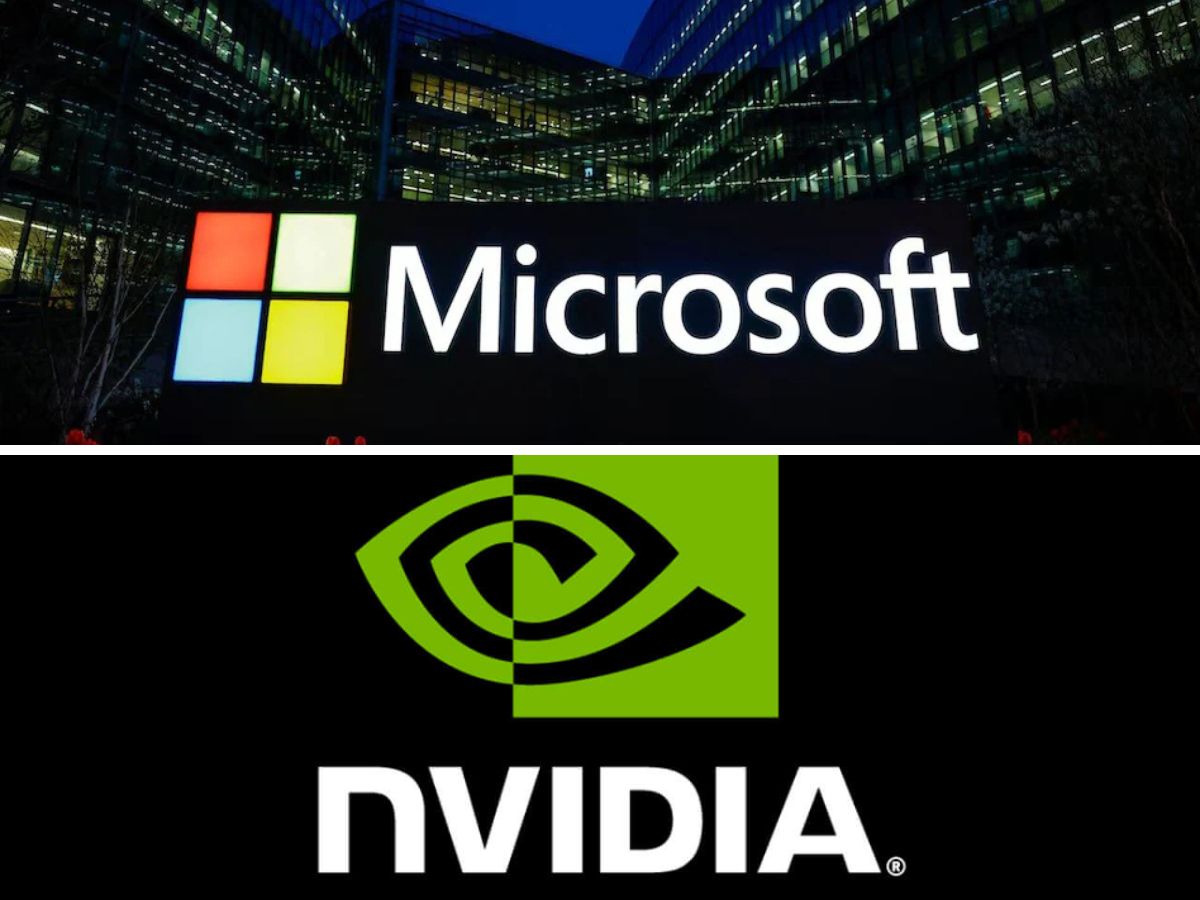Microsoft (MSFT) recently reached a $4 trillion market valuation and became the second company in history to reach this milestone. Following Nvidia’s brief jump the to the same valuation earlier this month, this incident highlights the rising dominance of AI and cloud computing in shaping the tech sector. But how do Microsoft’s long-term strategy and performance compare with Nvidia’s rapid rise?
Microsoft’s Steady Growth vs. Nvidia’s Meteoric Surge
Microsoft’s journey to a $4 trillion market cap is the result of years of stable, strategic growth. It stretched $1 trillion in 2019, $2 trillion in 2021, and $3 trillion in 2024. In just 18 months, it added another trillion, largely determined by its leadership in cloud computing via Azure and growing AI investments through OpenAI. However, Nvidia’s $4 trillion valuation came much faster, tripling in 2023 due to heavy demand for its AI chips used in generative AI applications.
While both companies leverage AI, their business models are varying. Nvidia’s chips fuel AI systems, while Microsoft integrates AI into its software, cloud services, and enterprise solutions, generating a more holistic solutions for its customers.
AI and Cloud as Key Drivers for Microsoft
Microsoft’s fast valuation increase is largely driven by its Azure cloud division. It is now the company’s largest segment. Azure’s growth has been prompted by rising demand for cloud solutions, especially in the enterprise sector. Moreover, Microsoft’s investments in generative AI tools, such as OpenAI’s Copilot across Microsoft 365, have fuelled its market supremacy. Satya Nadella, the CEO of Microsoft, has also highlighted the role of AI, seeing 20–30% of Microsoft’s code is now generated by AI.
The Future: AI Integration vs. Chip Demand
Microsoft’s expanded business model contrasts with Nvidia’s more niche focus on AI hardware. While Nvidia’s chips are important to AI progress, it faces more risks from market variations. Microsoft’s broad combination of AI into various services provides a stable growth path, even in unstable markets.
In conclusion, both companies are pioneers in AI, but their paths reflect distinct strategies. Microsoft’s ability to adapt and define AI’s future across industries gives it a long-term edge, while Nvidia’s rise places it at the forefront of AI hardware innovation.
Also Read: Capgemini To Hire 45,000 In 2025 Amid Industry Layoffs: What’s Behind The AI Hiring Boom?






